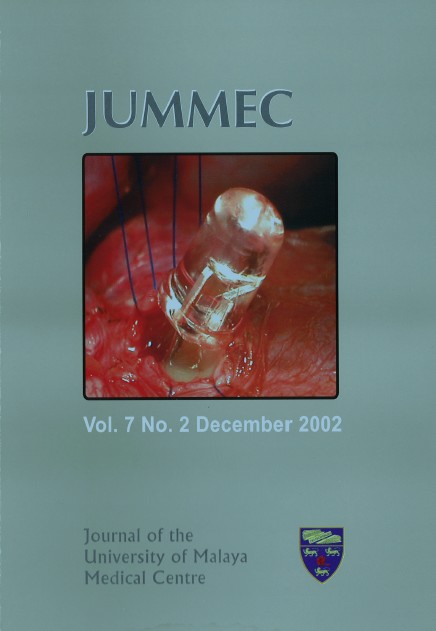Complete Cleft Palate Closure: New Technique, New Timing
Abstract
Cleft palate has been recorded for many cenhuies. Until the 16" century
attempts at closure were by covering or filling the clefts using artificial materials. By the
1 century sutures were used to close the palate after cauterization. By the ll)d' century
lateral relaxing incisions were used to close the cleft at mid line. In 1861 Von
Langenbec.k(9,22) introduced his technique for dosing the palate. Veau(9) recommended
his technique to elongate the palate and to narrow the velopharyngeal space. Many
specialties are involved in rectifying this problem. They comprise maxillofacial, orthodontic.
ENT surgeons, as well as speech therapists.(9) However, none of these methods succeeded
to provide a satisfactory solution for the problem of complete deft palate.
In this study, 618 cases of cleft palate of varying degrees were operated during the
period from January 1992 to July 2001. From these 618 cases, 48 cases (7.070/0) had
complete cleft lip and palate. Only 18 cases (37.5%) had bilateral complete cleft lip and
palate, and 30 cases (62.5'/.), had unilateral complete deft lip and palate. The results of
the corrective surgical procedures were very promising. In this series of 618 cases only
six cases developed residual fistula. The used technique was simple and similar to the
Von~ Langenbeck technique but differs in some steps. The timing of the surgical
intervention was a very important factor which influenced the outcome of the closure.
Downloads
Downloads
Published
Issue
Section
License
All authors agree that the article, if editorially accepted for publication, shall be licensed under the Creative Commons Attribution License 4.0 to allow others to freely access, copy and use research provided the author is correctly attributed, unless otherwise stated. All articles are available online without charge or other barriers to access. However, anyone wishing to reproduce large quantities of an article (250+) should inform the publisher. Any opinion expressed in the articles are those of the authors and do not reflect that of the University of Malaya, 50603 Kuala Lumpur, Malaysia.


